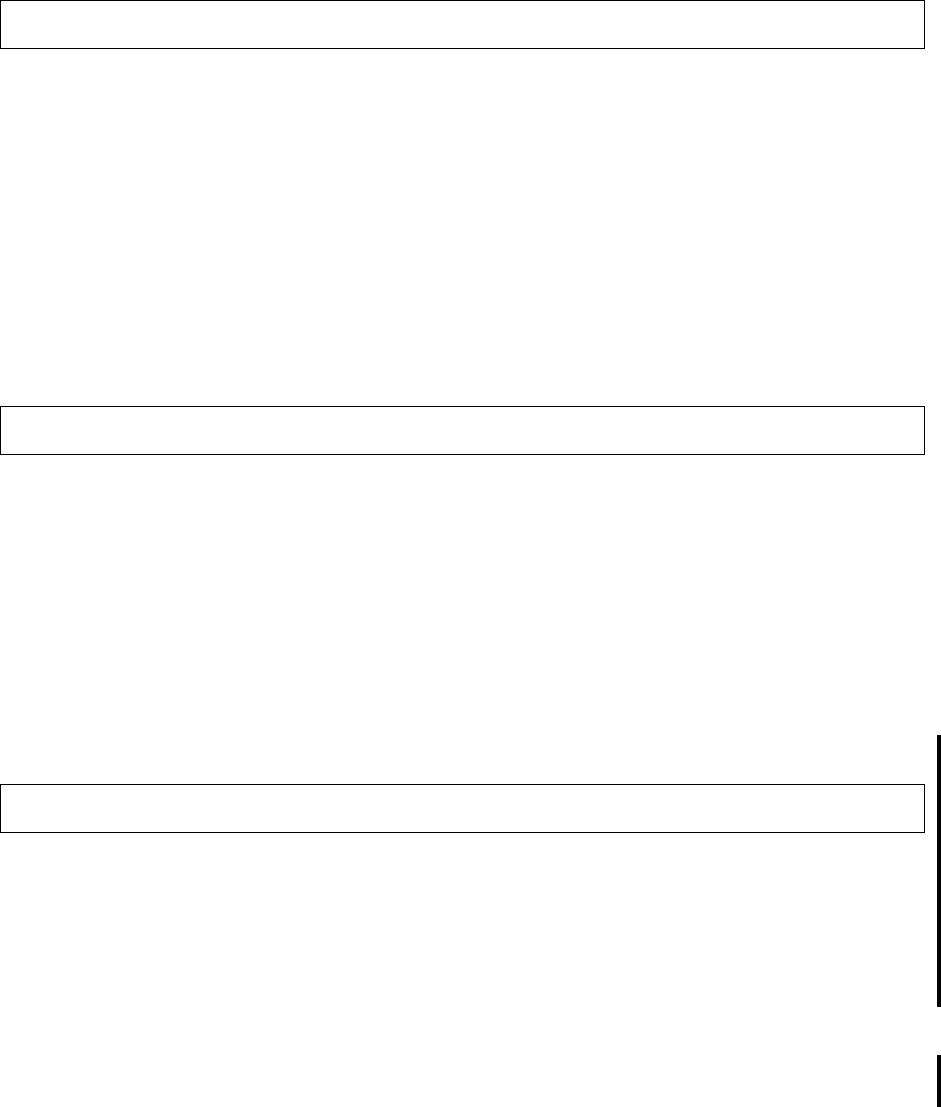Pathway/iTS Web Client Programming Manual (H06.03+, J06.03+)
Table Of Contents
- HP NonStop Pathway/iTS Web Client Programming Manual
- Legal Notices
- Contents
- What's New in This Manual
- About This Manual
- 1 Introduction to Pathway/iTS Web Clients
- 2 How to Compile, Build, and Maintain a Pathway/iTS Web Client
- 1. Prepare the SCREEN COBOL Object File
- 2. Create a Configuration File
- 3. Run the Converter
- 4. Modify Java or SCREEN COBOL Code as Needed
- 5. Run PROFDBM to Set Up the User Profile Database
- 6. Build the Converted Client
- 7. Deploy the Web Client
- 8. Customize the Screens
- 9. Specify the Port Number of the Router Process
- 10. Configure Pathway Servers for User Profiles and User Conversion Routines
- 11. Tune the Application for Performance by Changing the Session-Length Parameter
- 12. Maintain the Client
- 3 Logon Security and User Profiles
- 4 User-Written User Conversion Procedures for Web Clients
- 5 SCREEN COBOL-to-Web Conversion Mappings
- 6 Java Import Package Reference
- 7 Introduction to Pathway/iTS 1.1
- A Client Error Messages
- B SCREEN COBOL Features Not Supported for Web Conversion
- Index
- Content Feedback

Client Error Messages
HP NonStop Pathway/iTS Web Client Programming Manual—520270-003
A-8
Message Descriptions
Recovery. Isolate and correct the problem within the Java program, using the stack
trace information in
error-loc
to locate the problem. Alternatively, correct the
problem in the SCREEN COBOL program and reconvert the application.
3113
Cause. The size of a message for a SEND operation to a server exceeded that
allowed by the SERVERPOOL attribute in the terminal control process (TCP)
configuration.
Effect. The operation fails.
Recovery. Redefine the value of the SERVERPOOL attribute, or isolate and correct
the problem within the Java program, and restart the application. Use the stack trace
information in
error-loc
to locate the problem within the program. Alternatively,
correct the problem in the SCREEN COBOL program and reconvert the application.
3114
Cause. The size of either the largest SEND message or the longest possible reply
exceeded the size defined for the MAXREPLY attribute.
Effect. The operation fails.
Recovery. Redefine the MAXREPLY attribute, or isolate and correct the problem
within the Java program, and restart the application. Use the stack trace information in
error-loc
to locate the problem within the program. Alternatively, correct the
problem in the SCREEN COBOL program and reconvert the application.
3115
Cause. The size of the reply received from the server did not correspond to the size of
the selected YIELDS list given in the SEND or DIALOG statement of the program. If a
reply exceeds the largest number of bytes allowed, the terminal control process (TCP)
reports the byte count as the maximum length allowed plus 1.
Effect. The operation fails.
Recovery. Isolate and correct the problem within the Java program, using the stack
trace information in
error-loc
to locate the problem. Alternatively, correct the
problem in the SCREEN COBOL program and reconvert the application.
*3113* TRANSACTION MESSAGE SIZE EXCEEDS LIMIT
error-loc
*3114* MAXIMUM REPLY SIZE EXCEEDS LIMIT
error-loc
*3115* REPLY LENGTH INVALID










